Talk Overview
Ninety percent of the cells humans carry are microbes. Only a few of the bacteria we encounter are pathogenic and can cause disease. Pathogens possess the inherent ability to cross anatomic barriers or breach other host defenses that limit the microbes that make up our normal flora. A significant part of human evolution has gone into developing ways to thwart microbial intrusion. In turn, microbes have come up with clever ways to avoid and circumvent host defenses but human — microbe interactions are still a “Work in Progress.” When we study pathogens we learn as much about ourselves as we do about them.
Helicobacter pylori lives in the human stomach. It causes gastritis, ulcer disease and even gastric cancer. Some H. pylori can inject a protein, CagA, into gastric epithelial cells. CagA interacts with the tight junctions that bind cells together and with signaling molecules affecting motility and proliferation. CagA is associated with ulcer disease and cancer but we don’t understand how it works to favor malignancy. Not long ago in history most humans carried H. pylori; the incidence of carriage and gastric cancer is dropping but there is evidence that this microbe also had a protective effect on human health.
Speaker Bio
Stanley Falkow

Stanley Falkow is the Robert W. and Vivian K. Cahill Professor of Microbiology and Immunology and of Medicine, Department of Microbiology and Immunology and Medicine, at the Stanford University School of Medicine. He has been on faculty since 1981. Before that he was on the faculty of the University of Washington and Georgetown University. Falkow… Continue Reading
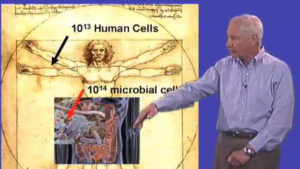
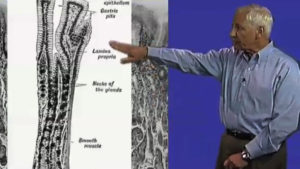
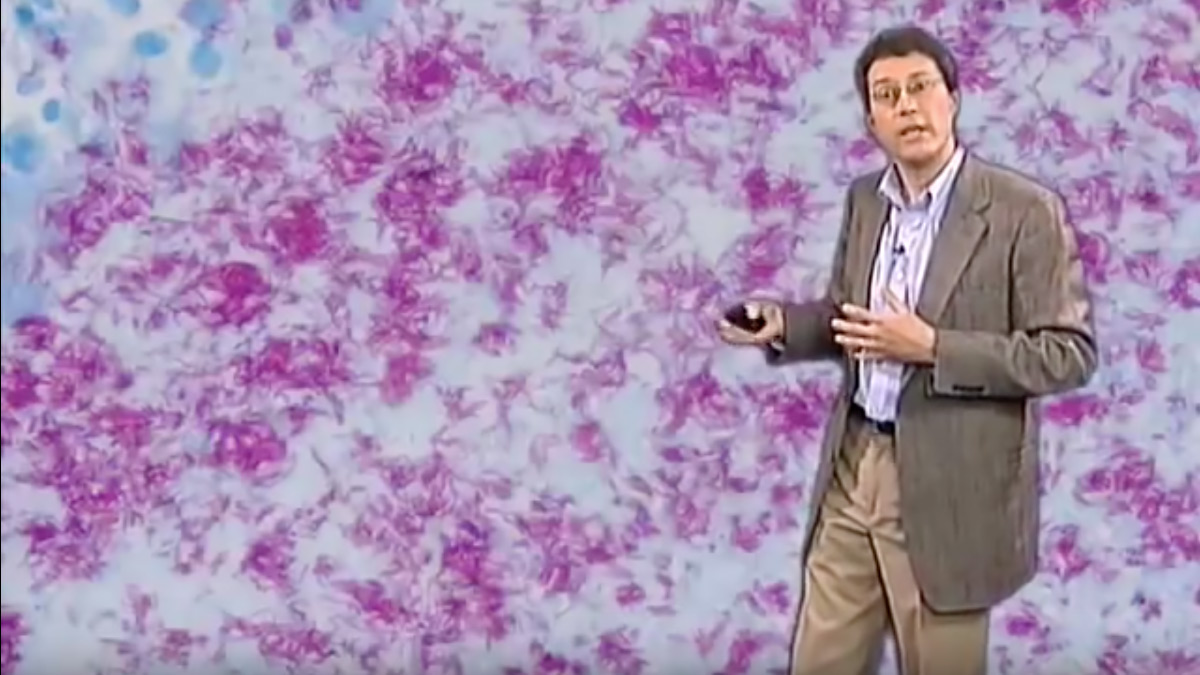
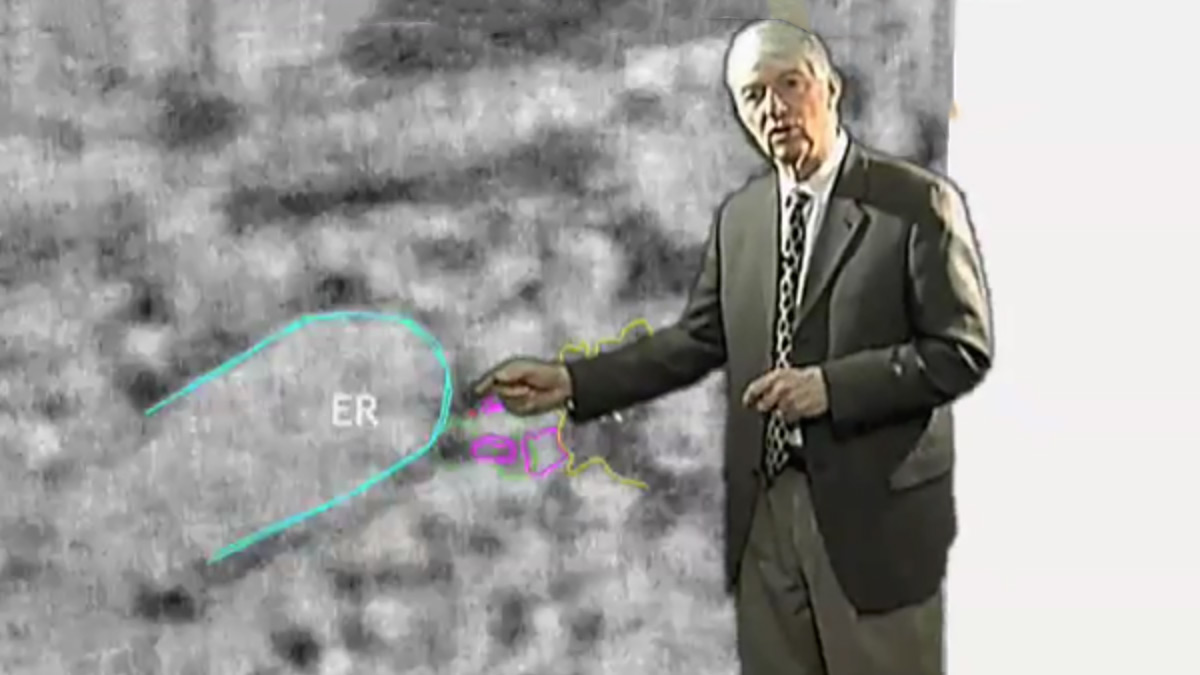
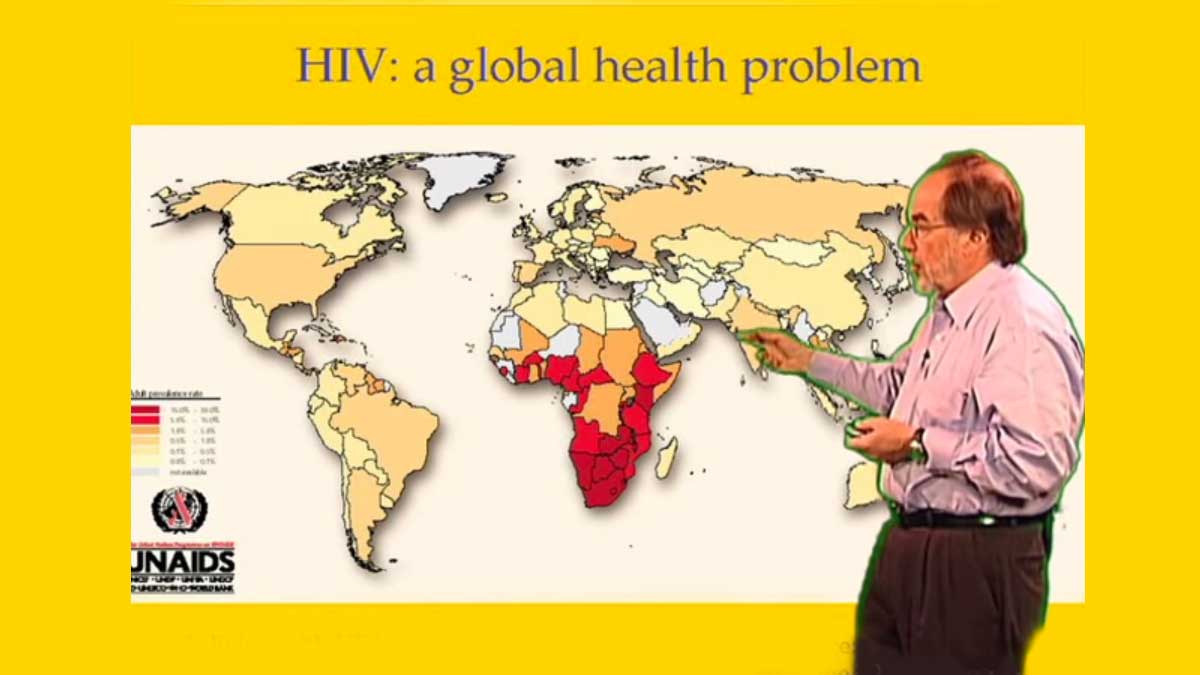






Leave a Reply